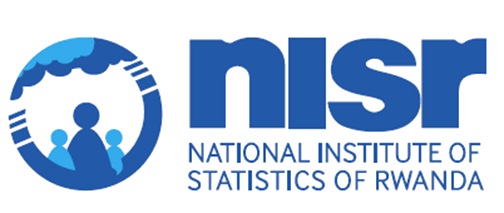Water statistics
Access to improved drinking water sources increased nationally from 87% in 2016/17 to 90% in 2023/24, with higher rates in urban areas (97%) than rural areas (87%). Access to improved sanitation facilities increased from 86% in 2016/17 to 94% in 2023/24.
When considering only improved toilet facilities that are not shared with individuals from other households, the proportion rose from 66% to 72% over the same period.
At national level, 27% of households are within 0–4 minutes walking distance of an improved drinking water source while 61% of households are within 0–14 minutes walking distance one-way).
TABLE: Water Consumption in (m3)
| 2019-2020 | 2020-2021 | 2021-2022 | 2022-2023 | 2023-2024 | |
| 1.Industries | 1,533,972 | 1,653,534 | 1,866,159 | 2,041,495.63 | 2,278,315.00 |
| 2.Residential | 17,393,887 | 19,429,778 | 22,571,743 | 24,692,491.17 | 28,011,469.00 |
| 3.Non-Residential | 8,297,441 | 8,398,414 | 9,976,187 | 10,913,508.51 | 12,806,060.49 |
| 4.Public Tapes | 2,360,232 | 2,700,512 | 2,886,564 | 3,157,773.69 | 3,147,082.00 |
At provincial level, Kigali City ranks first with the highest percentage of households (96%) using improved water sources. It is worth noting that the Kigali city has the largest increase in use of improved water sources by 11% points between 2013-14 and 2016-17 compared to all other provinces.
The higher percentage of households in Kigali rely on piped into dwelling /yard (34%) and public stand pipes (46%) for their water.
The prominent reason of not using the nearest drinking water sources relates to non-functioning water sources (45%) followed by expensive water (21%). Across provinces, the Eastern province has the highest level of non-functioning drinking water sources (60%), while water is viewed as expensive in the Southern Province (32%).
Sanitation statistics
Access to improved sanitation facilities increased from 86% in 2016/17 to 94% in 2023/24.
When considering only improved toilet facilities that are not shared with individuals from other households, the proportion rose from 66% to 72% over the same period.
